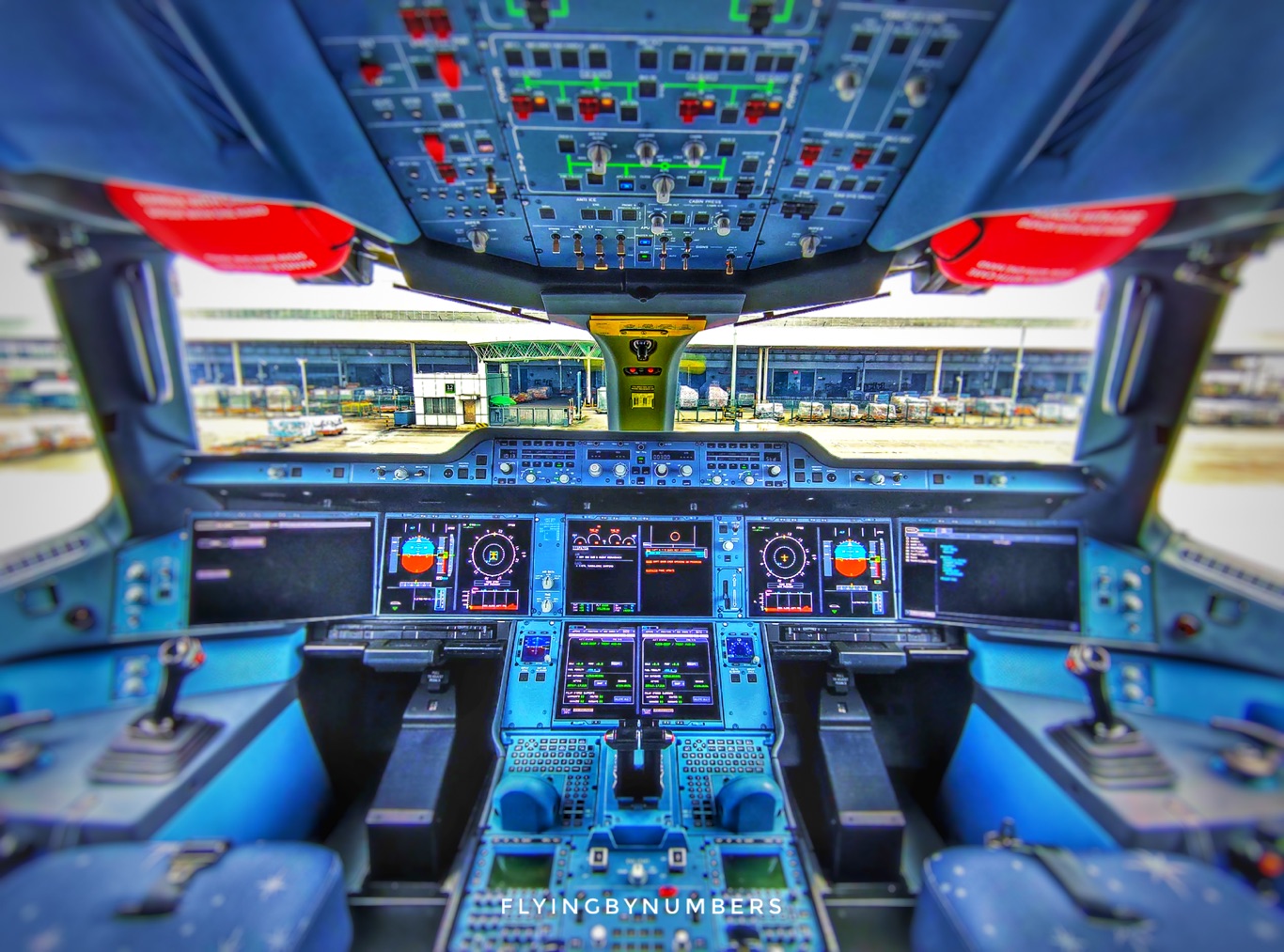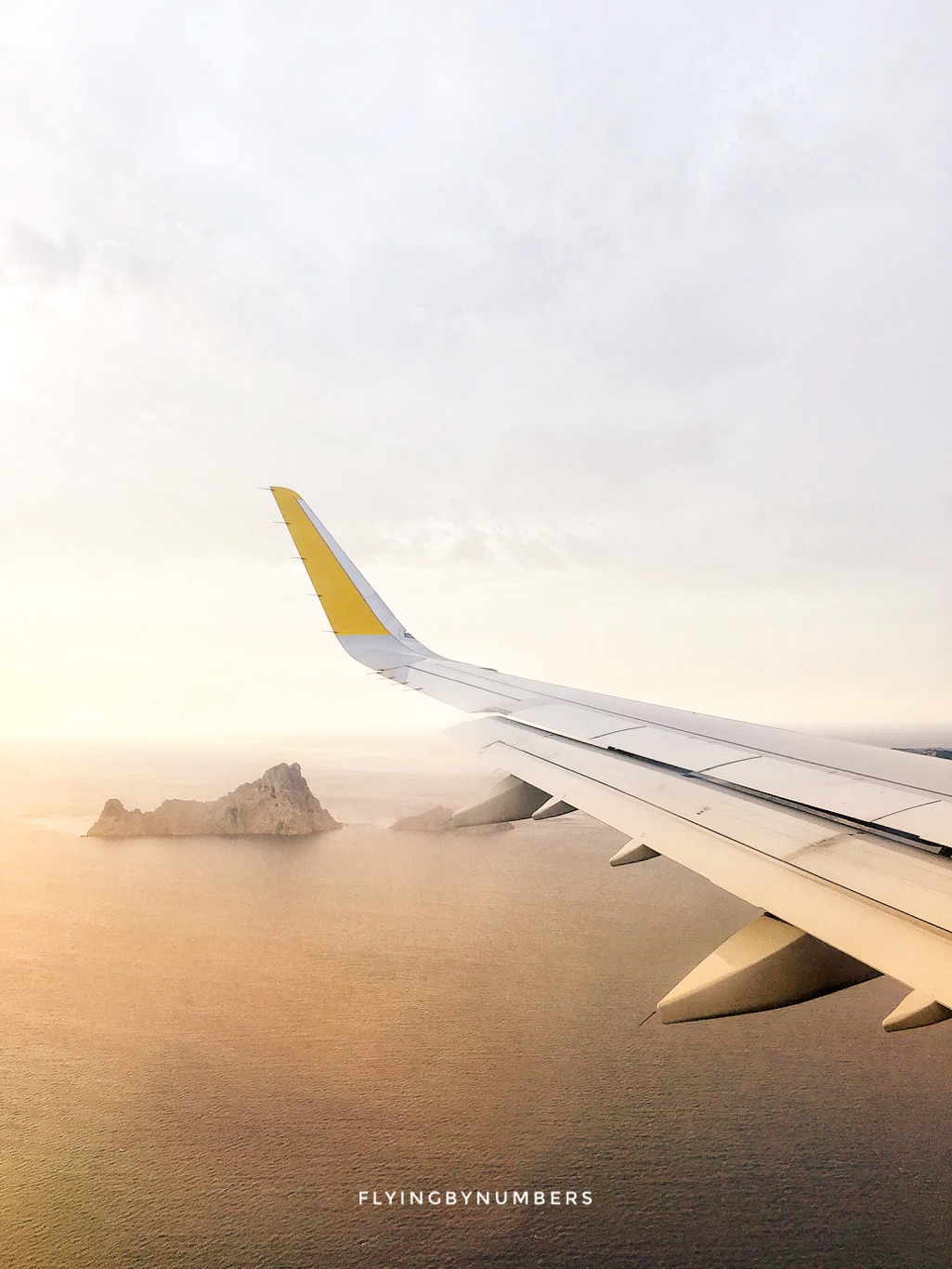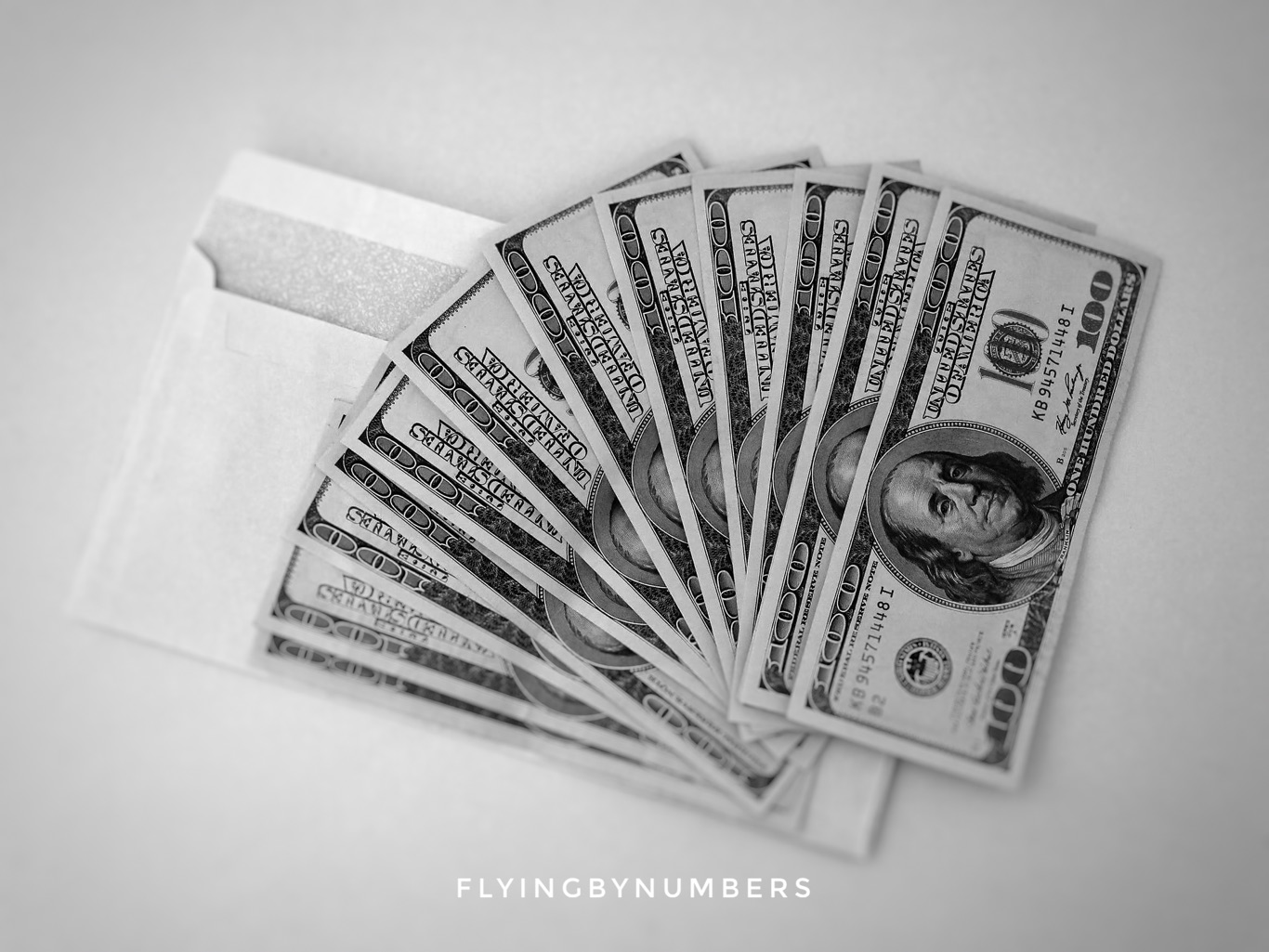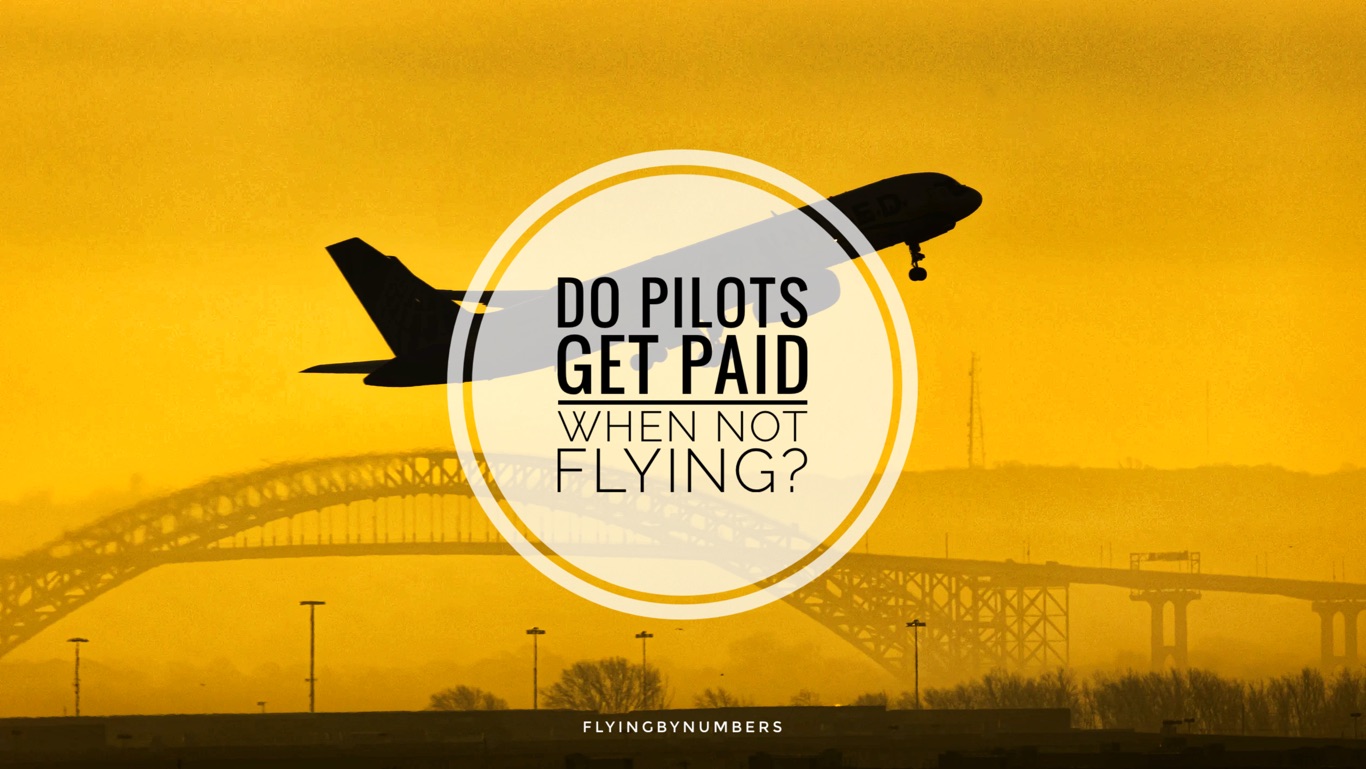Do pilots get paid when they’re not flying? We hear plenty of rumours that pilots only paid when airborne, so the answer may surprise you. Flying is often considered a glamorous and well-paid job, but the reality can differ significantly!
In this article, we will cover how pilots are paid, and what factors influence their paycheques. We’ll also discuss some common myths about pilot pay. (Spoiler: It’s complicated!) It’s no wonder pilots need to be good at maths, because working out what to expect on their monthly payslip must be a nightmare!
So, if you’re curious about this profession — or simply sat on the tarmac waiting for your plane to take off and wondering if the pilots are still getting paid — read on for answers to all your questions!
True or false: Pilots are only paid once airborne
To see where this myth comes from, we need to look at how pilots are typically paid. There are usually 3 components:
Basic pay
Like many jobs, in most cases, pilots receive a basic salary that covers all the hours they spend working.
This includes ground time spent on things like planning flights, preparing aircraft and completing post-flight paperwork.
Basic pay can vary significantly around the globe. This depends on their employer, experience level and the type of aircraft they fly.
But, there are a few common themes:

Flying pay
This section of pilot pay is arguably where the myth that airline pilots are only paid when they are flying originates from. Most airlines will pay their pilots an additional payment for each hour they are inflight.
This is calculated from the typical flight time of the route, normally re-calculated each quarter. As an example, if the typical flight time on that aircraft from JFK to LHR is 7 hours in Q1, the pilot will receive 7 hours of flight pay for that flight. In reality, with varying wind speeds the flight time might take 8 hours one day and 6 another, but the pilot will receive 7 hours flight pay regardless.

Allowances
In addition to their salary, and any flying pay, pilots also receive allowances — sometimes known as per diem payments — while away from home base. These payments are meant to cover meals and other expenses incurred while traveling. Many years ago, allowances were paid in the local currency as cash in envelopes!
In a typical job, there may be a subsidised staff canteen, or certainly an opportunity to make food before arriving to work.
Spending several nights a week in hotel rooms without kitchen facilities, pilots have limited opportunities to pre-prepare meals.
Equally, on a 12-hour flight there is limited opportunity to nip out to the canteen!

Typically, airlines provide their pilots with allowances for the duration of their shift. These are either paid in the form of an hourly rate for the duration of their time on a trip, or a fixed amount depending on the nights at the destination they are visiting, and it’s associated cost of living.
Allowances make up a small but vital contribution to pilots pay. Therefore, in a month with numerous flights, pilots earn slightly more money through their allowances, than a month with less work.
Summary
In conclusion, do pilots get paid when they’re not flying? Yes, they do! Pilots are typically paid a basic salary by their airline, which depends on factors such as experience and the type of aircraft flown.
In addition to their salary, pilots also receive per diem payments, and flying payments. It is technically true that pilots get paid more money when they are in the air — due to flying payments. However, this part of their salary normally forms a significantly smaller proportion of their pay than their basic salary.
So next time you’re stuck on the tarmac, waiting for your flight to take off, you can rest assured that the pilot is getting paid! Although, like you, they may be happier once they are airborne!





